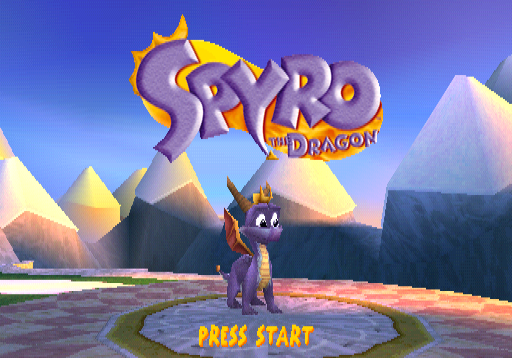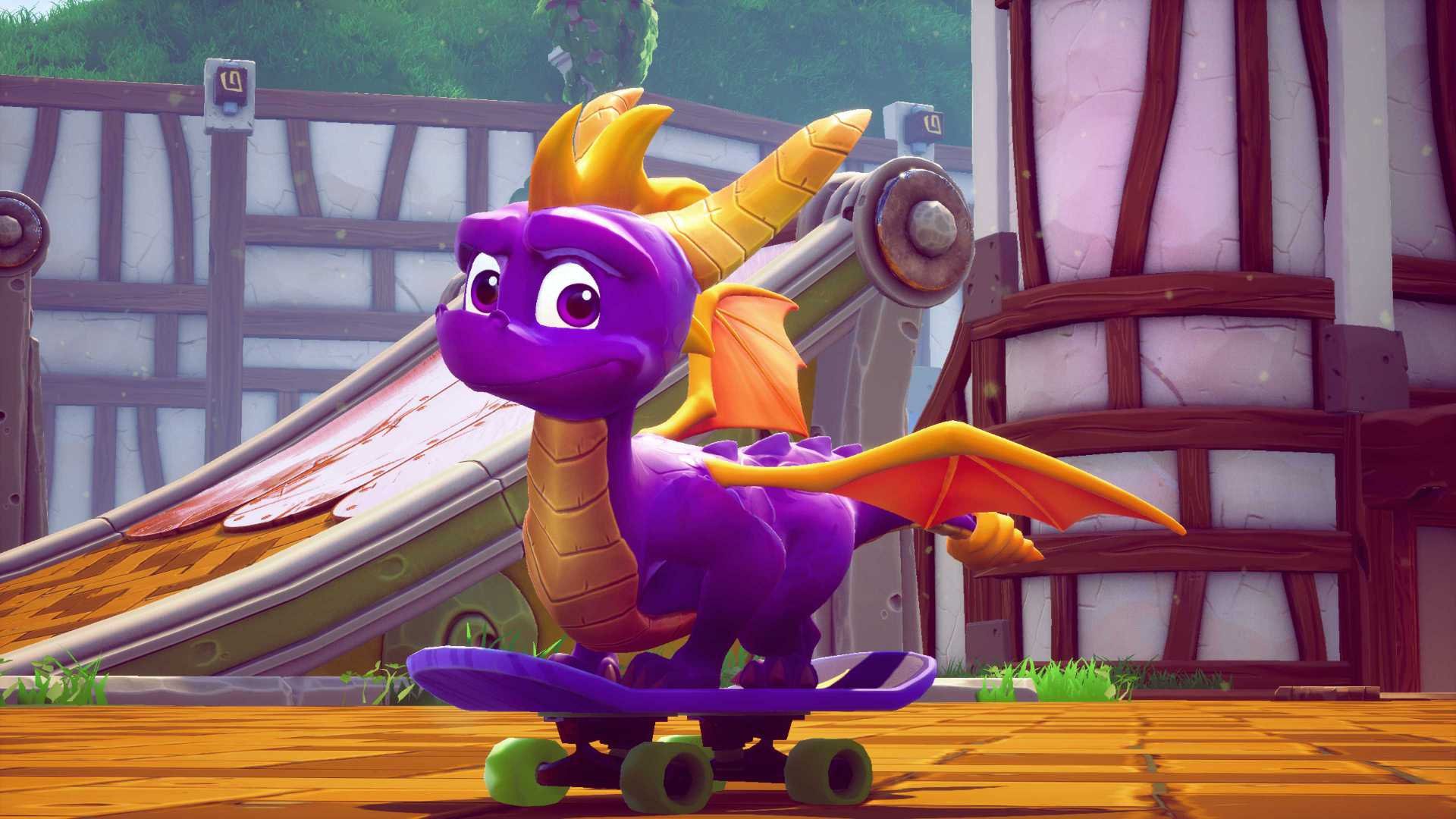

Secondary and tertiary collectibles, on the other hand, are plentiful and serve to directly or indirectly help the player obtain primary ones, either by outright granting said primary collectibles after enough of them are picked up, guiding the player towards points of interest or being used as "currency" for new moves and weapons that will be necessary in the long run. Primary collectibles are rare and the most important to get, always requiring one or more objectives of relatively moderate-to-hard difficulty to be completed before awarded (they're often shiny and/or gold, to highlight their importance). There are barriers, natural or not, that will prevent the player from just moving on to the next level unless they explore and collect enough of the resident Plot Coupons however, very rarely are those conditions unfair (especially in the early game) and having to gather every collectible possible is never necessary in case you just want to beat the Final Boss and finish the game, Golden Ending notwithstanding.Ĭollect-a-Thons are known to fill their worlds with trinkets of various types, each in their own tiers of importance. The core formula is as follows: collect X number of Y things to advance further into the game.

The solution was to sideline the actual platforming and turn exploration into a major part of the experience, but that also meant having to incentivize the player with some sort of reward that could also function as a goal in order to do so that's where the collection aspect comes in. 3D perspective also made it harder for players to gauge height and distance during jumping sections, which wasn't helped by the camera now being dynamic instead of fixed (player breaks for camera adjusting were frequent back then).

This, however, led to some new problems: traditional Level Goals at the end of linear paths looked a bit pointless in this new open-world reality. A style of Platform Game that was very popular in that era, inspired by the advent of Super Mario 64, which sought to take advantage of the new axis provided by 3D polygons through large, explorable worlds where players could move around freely. The answer was to seemingly downplay the "obstacle course" part.Įnter the Collect-a-Thon (short for "Collection Marathon"). A good chunk of the market at the time consisted of 2D Platform Games, so developers had the job of figuring out a way for those obstacle courses to properly transition into a 3D space.

In the late 90s, 3D polygons were ready to take over the gaming industry.


 0 kommentar(er)
0 kommentar(er)
